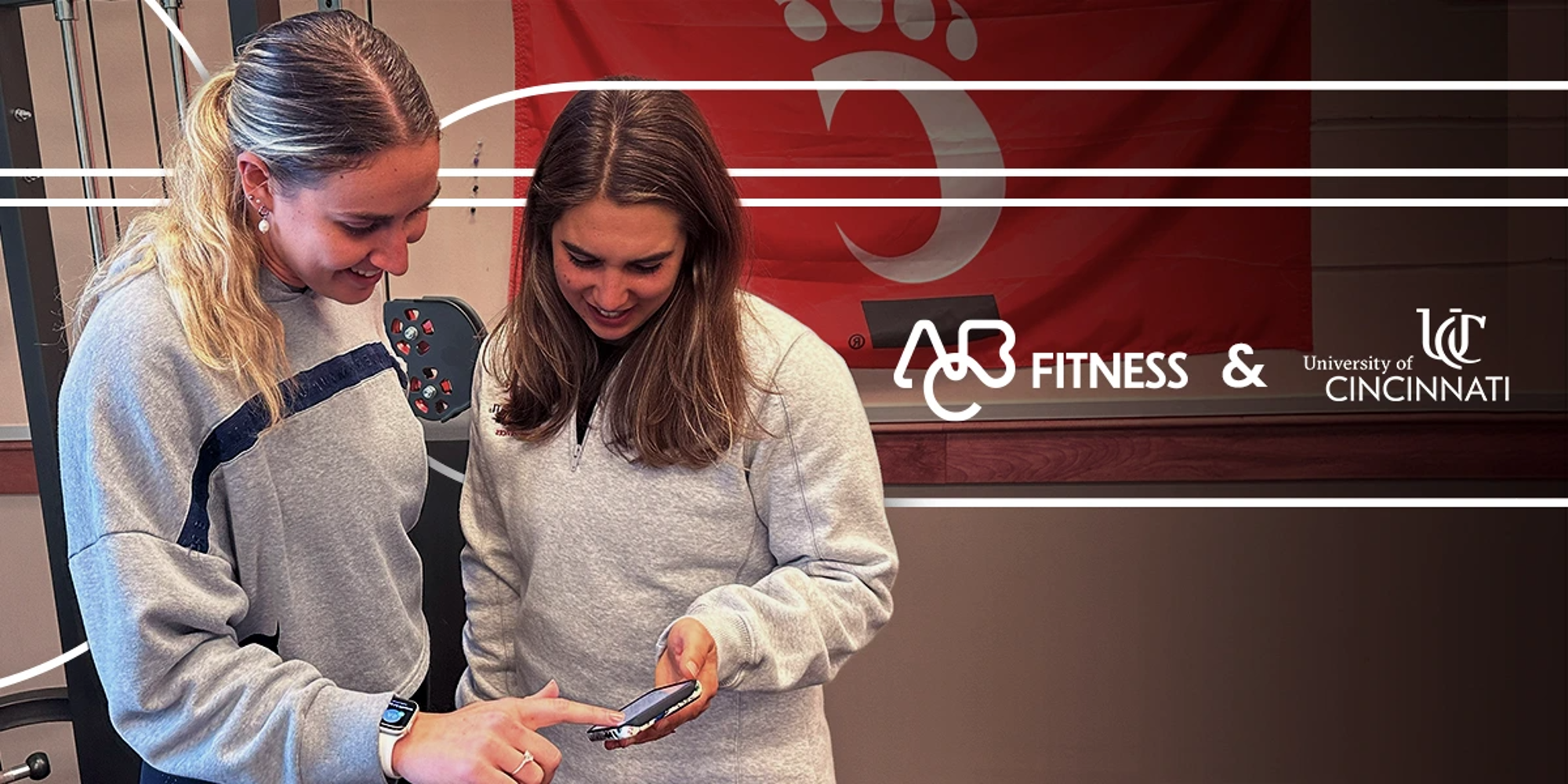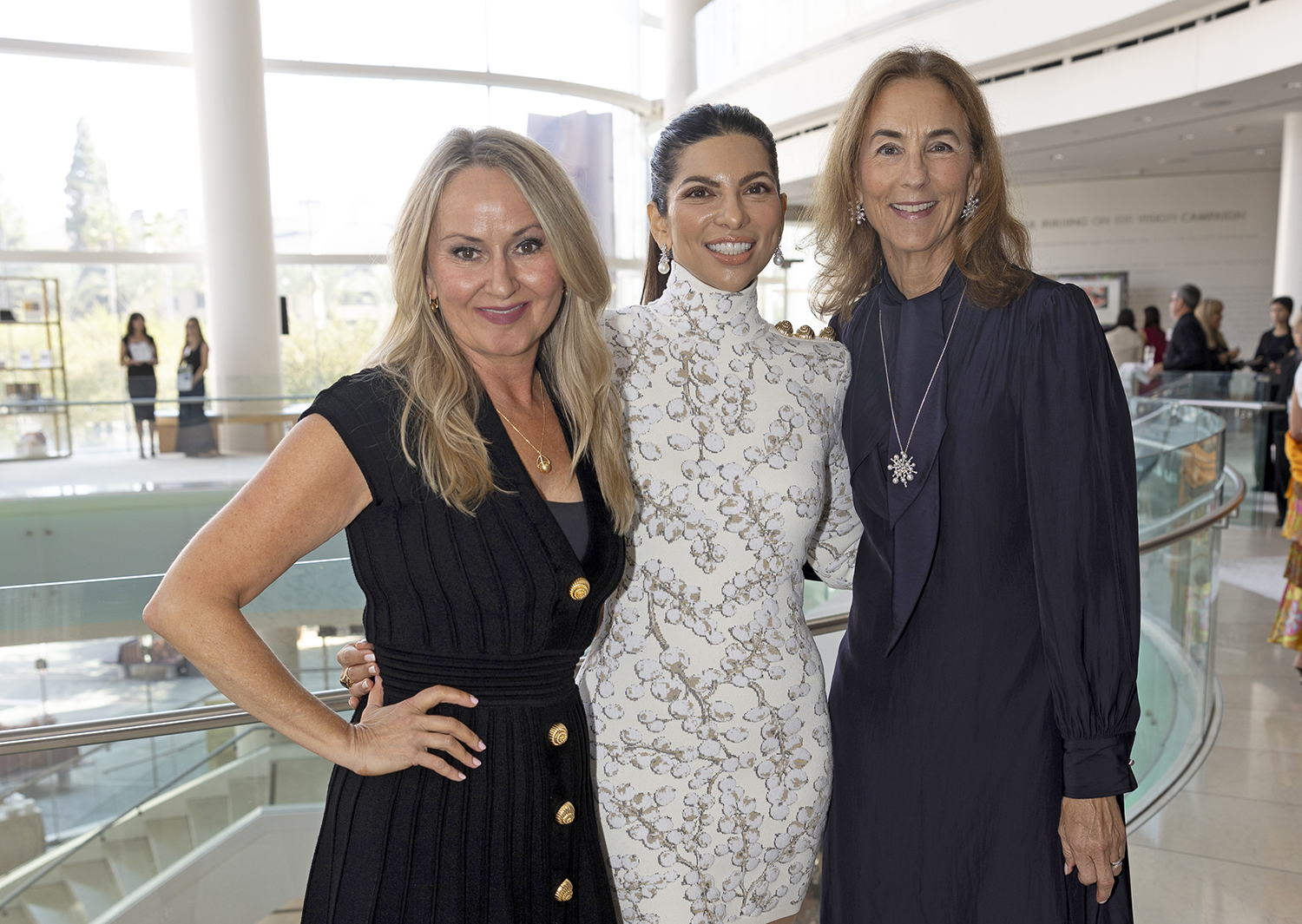Entertainment
How Magazine Shows Endure In An Increasingly Challenging Media Landscape

Nischelle Turner and Kevin Frazier on the ‘Entertainment Tonight’ set.
In an increasingly competitive and embattled media landscape where cuts are common and often deep, syndicated newsmagazine shows are not only surviving but are, in many cases, thriving.
Legacy shows Inside Edition and Entertainment Tonight, both of which have returned to TV screens this week, are two examples. Together, they capture a staggering 65 percent share of total viewing minutes within the first-run syndicated newsmagazine category and deliver more than 3 million viewers a week on linear TV.
However, to survive and continue to have a lasting impact in linear broadcasting, they have to evolve and be more creative than ever. Part of that process is working smarter, not harder, in the face of job cuts and tighter budgets in the news and entertainment industries. That is the elephant in the room that can’t be ignored or unaddressed.
“It is that unfortunate reality,” explains Entertainment Tonight Executive Producer Erin Johnson as we sit in her office at CBS Studio Center. “It’s something that feels out of our control, so the way we approach it is we can either stay focused on that, which is of a road to nowhere, or we can try to be positive and as scrappy as we can in the situation. That’s why I’m so grateful for the staff that we have here.”
In July, it was announced that Entertainment Tonight, also known as ET, would be letting go of a substantial portion of its online editorial team—the department where Johnson started her time with the brand ten years ago. The move is part of an ongoing shift towards video for the brand and takes effect as the show returns to air for its 44th season.
“Our team at ET has worked in this business for a long time and truly is the gold standard of entertainment. They are the most creative people, and it requires a lot of creativity and a lot of working out things behind the scenes. No longer are we in the days of syndication where the money is rolling in,” she continues. “It’s different, but with that comes an opportunity to be more strategic. Every night, on the television show and on our social media platforms, it has to hit that gold standard, or we’re not doing it. No filler or fluff is going to make the show anymore.”
However, aside from a new set and graphic design package, it is business as usual at New York-based Inside Edition.Although cuts and changes are “not breaking news” for the industry, “it’s a challenging environment for sure,” admits the show’s EP, Charles Lachman. “Fortunately, we haven’t suffered any layoffs, and if I may be boastful, that’s because we run a pretty tight ship. We’ve always had a reputation internally at CBS for staying within our budget and still having enough resources to deliver every night. We watch what we spend, which is the key for any news organization going forward. The old days of spending money like a drunken sailor are long gone, but we’ve never been that. We’re nipped and tucked, and that’s one of the reasons why we’re still on the air. We watch what we spend.”
EP Charles Lachman on set with ‘Inside Edition’ host Deborah Norville.
Entertainment Tonight and Inside Edition deliver more viewers than all three morning news programs: Good Morning America, The Today Show, and CBS’s own CBS Mornings. They also offer different takes on the same stories and get behind the headlines, two key ingredients in why audiences continue to engage with the brands over other offerings in the market. The stories they tell, how they build them, and how they find the elements that connect are even more important in an election year.
“The election makes for very compelling television, and I think that’ll drive our viewers for the next few weeks, certainly, but we’re in a unique position to deliver because at Inside Edition ourselves to be news adjacent, which means we expect that people know the news of the day when they tune into the show,” Lachman explains. “If you want to survive in a competitive environment, you have to deliver information and storytelling in a unique and different way.”
“People love a great story, particularly in a linear way. What I mean by that is traditional storytelling with a beginning, middle, and end, and delivered with powerful images and interviews. Once you have those ingredients together, you’ve got a terrific story that will captivate viewers at home.”
The Art Of Personalizing Politics
When both shows went off air for the summer but continued to create content for their hugely popular digital platforms, the Presidential nominees were President Joe Biden and Former President Donald Trump. However, they return with Vice President Kamala Harris now officially the Democratic Party’s candidate. How Entertainment Tonight and Inside Edition factor the race into their coverage will differ significantly and broadly not focus on the candidates but rather the stories around them.
“For example, when Kamala Harris announced her Vice President pick in Tim Walz, by the time we covered it, everyone knew about who he was, so what we did was more of a personality profile of him focusing on his relationship with his son and daughter, his daughter in particular,” Lachman recalls. “That made for some very charming and compelling video, bringing him to life. You can see his character and personality, which is just as important as policy. We don’t do a lot of stories about policy. We leave that to the networks, and that’s very important. We tell more people-oriented stories. Internally, we call it the Inside Edition hook.”
‘Entertainment Tonight’ EP Erin Johnson.
Entertainment Tonight has a similar take, although the storytelling is different.
“We don’t drill into politics,” Johnson proclaims. “That’s not because it’s not important, politics certainly are, but they are heavily covered everywhere else. At the end of the day, ET is a 30-minute broadcast, and we’re that escape for people for half an hour. We’re leaning more into what’s new to watch, celebrity interviews, and sometimes they dip in a political way because that affects people, and that’s part of their story, but we look at each thing on a case-by-case basis. On the day that Kamala Harris picked her running mate, that’s not a story that would be in the show, and our great partners in the hard news lane will cover that better than we’re going to cover it.”
“We also want to be mindful of equal time for everybody else. Celebrities tend to skew in one direction, and you could easily cover that all the time without going in the other direction. To be honest, we’re looking at stories that allow us to offer something that the audience can’t get anywhere else. If we’re reporting on Taylor Swift performing at a concert for Kamala Harris, that might be just a one-sentence story, and we’re looking to tell stories that are bolder than that. Now, if Taylor Swift invites us along to be behind the scenes of that concert, that’s a conversation we’ll need to have internally about whether the story now rises to a different level and makes sense for our broadcast.”
Why Advertisers Are Drawn To ‘ET’ And ‘Inside Edition’
In the industry, a significant part of the appeal of syndicated newsmagazine shows is the appeal to advertisers, who are as keen as ever to get their goods in front of the eyes of their broader audiences.
“All traditional television audiences have seen the demo ages go up, and that’s all right. We’re targeting 25 to 54, that’s the advertiser key demo, but we’re probably a little more 35 to 54,” Johnson explains. “At the same time, my mom watches Entertainment Tonight every night and she is 70. I want her to like the show in the same way I want my friends who are watching it to find something and be engaged. We’re trying to bring everybody in, but it’s a delicate dance because we want to do that without talking down to them. The audience again is savvier than ever.”
(Left to right) The faces of ‘Entertainment Tonight’ are Cassie DiLaura, Denny Directo, Nischelle … [+]
While they continue to prosper as syndicated newsmagazine shows on TV, both Inside Edition and Entertainment Tonight have enviably strong digital footprints. According to lifetime views, Inside Edition is the most-watched domestic news and politics channel on YouTube. ET had 25.9 million social followers and 1.3 billion video views across its social platforms in the first quarter alone. Johnson and Lachman see those as tools rather than threats to their linear legacies.
“There’s no question that’s a challenging environment, but I think the key is the word broadcast because we try to appeal to a broad cast of viewers,” Lachman says. “In the case of Inside Edition, we’ve gone beyond linear broadcasting. We have an extraordinary success rate on YouTube, where we’re the number one domestic news brand, beating every US cable, broadcast network, or digital news source. We have over 13 million followers on YouTube and about 18 million on Facebook, Instagram, X, and TikTok. You hear anecdotes from people who say, ‘I’ve been watching your show since I was a teenager,’ and then they say, ‘Now my teenager is watching it.’ They watch it, but not the way that the parents do on TV; rather, they watch it on YouTube. The reason for that is our compelling video. You could, for instance, have a bear chasing a woman on a hiking trail. Many shows may run that but we’ll make every effort to get the interview with the lady. It’s not just the stimulation of the video but also the moving experience that this hiker had in this life-or-death experience on the trail. That’s what makes a powerful Inside Edition story.”
He adds, “Streaming is critical, as you know. It adds another layer of viewership to people who aren’t necessarily watching traditional TV, which certainly is the future. People want to watch when and where they want to watch, and we’re delivering that via Paramount+ too, and at the same time, we’re not ignoring at all our bread and butter, which is still syndicated television.”
That’s a view shared by Johnson as both shows look to the future.
“My mission statement the entire time that I’ve been here has always been that ET is not just a television show; it’s a brand, and we need to meet audiences where they are,” she enthuses. “We do so many interviews here, I would dare you to find anyone who does more shooting than us in the entertainment space. We have this great time with the celebrities, but the show will never be longer than 30 minutes, so to put extended cuts of every interview we do on these other platforms is great for us and our audience. It doesn’t take away from what the television show is offering, but it offers something more, so on the Paramount+ side, I’m excited because we’re reinventing how we’re going to be approaching streaming in the new season.”
“We do the ET Vault Unlocked as a franchise that we’ve developed where we dive into our amazing vault that is always impressive and unbeatable, to deep dive into a celebrity, and streaming is an opportunity to do more with our vault content. Streaming is just more places to see ET because, at the end of the day, when the audience is thinking of entertainment, I want them to think about Entertainment Tonight, and each person in that audience will have their favorite platform to consume it. We want to be everywhere.”








